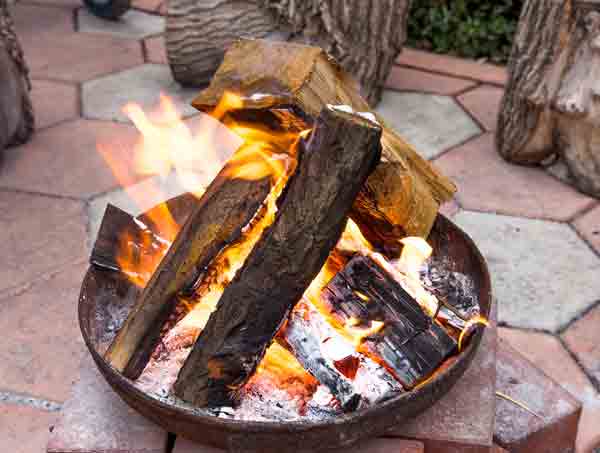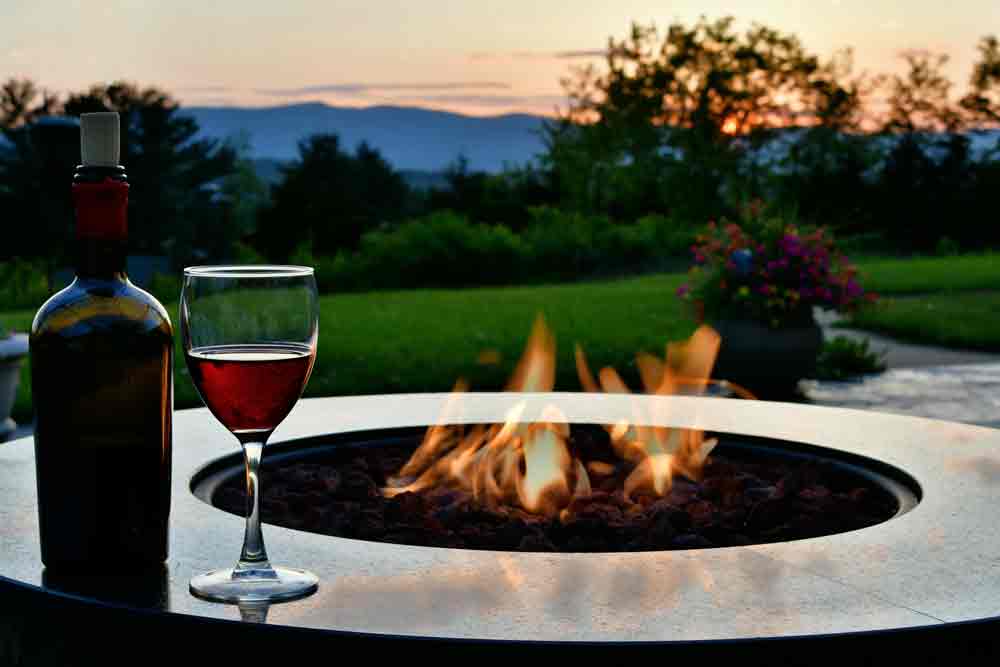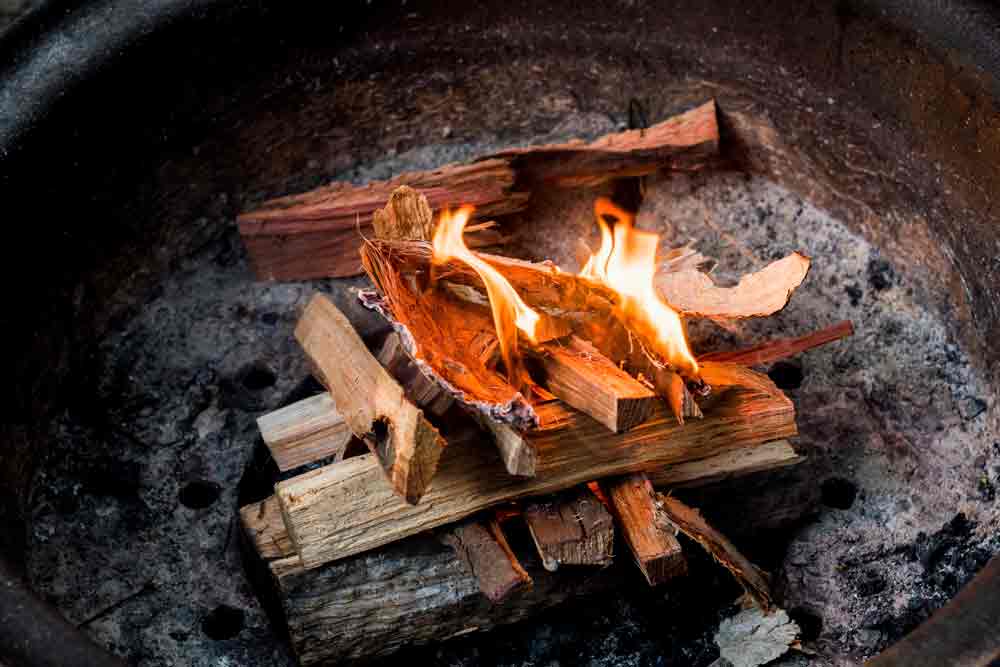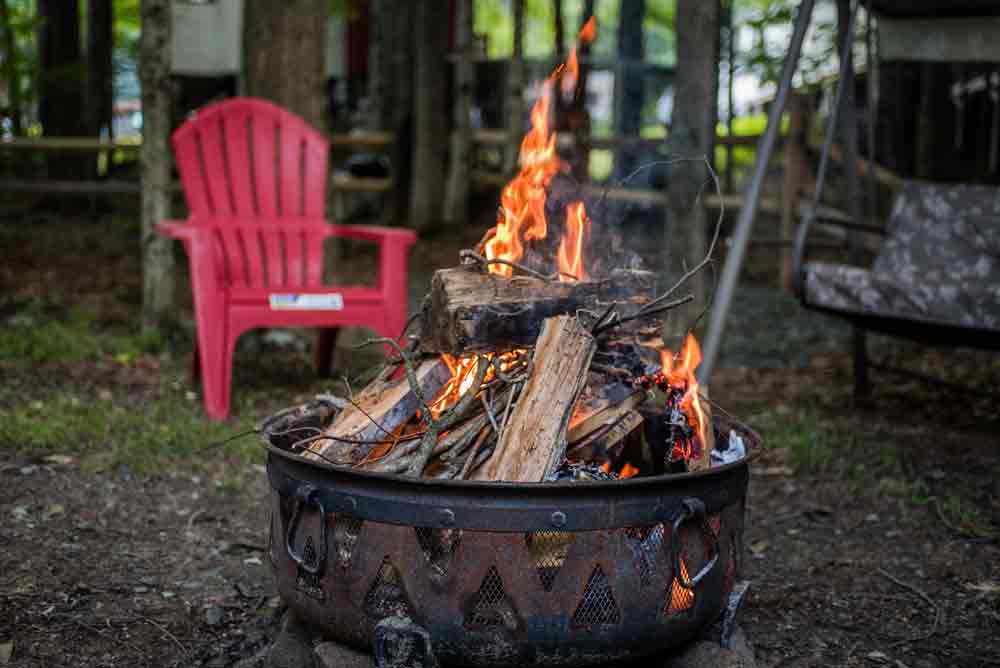Fire pits can contain many organic materials that will break down into rich soil, including wood, leaves, and grass clippings. However, these items may also contain chemicals like pesticides or fertilizers which would be toxic to plants grown in the compost.
Additionally, fire pits often produce more ash than most other fires because they’re typically burning hardwoods or charcoal briquettes – both of which burn hotter than softer woods like pine needles. This means you’ll get a lot more ash out of your fire pit than you would from an average fireplace or campfire for example.
All this ash mixed with all the other potential pollutants in a fire pit makes it very difficult to create safe and healthy compost for your garden.
Why Are Ashes Good For Composting?
Sources of ashes used in the past for several centuries to improve soil include wood ash, coal ash, and bone meal. These sources contain unwanted materials like calcium carbonate (CaCO3), phosphate compounds (PO4), heavy metals, lye (NaOH) with 10% burnt lime by weight, ash salt leachates (sodium carbonate, sodium sulfide), and Aluminum(Al) oxide.
Wood ash contains up to 20% potassium oxide (K2O) by weight, which would be equal to these elements in compounds: Potassium nitrate (KNO3), potassium phosphate (KH2PO4 or K2HPO4), and sodium nitrate (NaNO3).
Coal ash can contain Cesium-137, Strontium-90, and Barium-140. Bone meal contains CaCO3 which exceeds the pH of pure water at 10% is 12.5 pH. At 30%, it’s 13.5 – too high to be accepted by plants for nutrition.
How To Make Compost With Fire Pit Ashes?
The refining process begins by mixing water and ashes for a period of time, usually 2 to 3 weeks. The length of time depends on the amount of water used and the temperature. Lower temperatures require longer periods of soaking, while higher temperatures produce faster results in only 1 week or less.
The solution is then strained and evaporated until a powdery substance remains. The wet ashes must be dried because any water remaining in the ash will break down nitrogen compounds and release nitrous oxide into the atmosphere – a greenhouse gas that has 300 times more impact than carbon dioxide.
How Much Does It Cost To Make Compost With Fire Pit Ashes?
The cost of making a high-grade compost is between $0.20 and $1.00 per pound, depending on the market prices for ashes.
Where Can I Get Fire Pit Ash To Make Compost?
You can order wood ash from many sources online. However, if you live in an area where your local fire department collects ashes from burning, you may be able to get your fire pit ash for free.
The primary problem with getting this type of fire pit ash is that it can have contaminants that are not visible on the surface of the pile or in the ash bin. It’s possible that chemicals like pesticides and fertilizers had contact with the grass and leaves before they were burned, which means you’ll have to be vigilant about your compost pile.
How To Use Them In Your Garden Or Yard?
Adding fire pit ash to your compost pile is a dangerous process. It can be problematic if you don’t know what type of wood was used in the fire, or where that wood came from. Even if you have a good idea of the overall chemical composition of your fire pit ashes, they may still have heavy metals and other contaminants that will be harmful to your plants.
The safest practice is to add a thin layer of them on top of the compost pile in order to slow down decomposition and retain moisture in the soil. But this method also prevents the minerals from being used by the surrounding vegetation, so it’s not much better than just dumping them out in a pile without mixing them in your compost.
What Are Some Alternatives To Fire Pit Ashes For Composting?
If you have a coal or wood-burning fireplace, you can store up the ashes until you have enough to create a large batch of compost.
You can also find natural sources of phosphate-rich materials, which will help balance out any potassium oxide content that might be present in wood ashes.
Greensand is mined from marine deposits that are geologically related to limestone, but it does not contain calcium carbonate. The sulfate of potash (potassium sulfate) is a potassium salt that will have similar benefits as wood ash.
However, Greensand contains 7% elemental potash by weight. It’s also high in iron oxide, silica, magnesium oxide, and glauconite – a type of clay that is green-colored due to the presence of microscopic plant fossils.
Greensand is not harmful to plants or soil because it has no nitrates or other potentially dangerous compounds. If you have access to Greensand, it is a much better choice than using fire pit ashes as a source of potassium and phosphorus.
Organic gardeners often use wood ash to lower the pH of their soil, especially if they happen to have acidic soil that contains aluminum or iron. However, an excess amount of wood ash will produce the opposite effect and raise the pH until nutrient imbalances and toxicities develop.
Conclusion
Firepit ashes can make great compost if you know where the wood came from and if the ashes were properly stored and dried.
Using fire pit ash as a soil amendment is not recommended unless you use Greensand to balance out the high levels of potassium oxide and phosphate.








